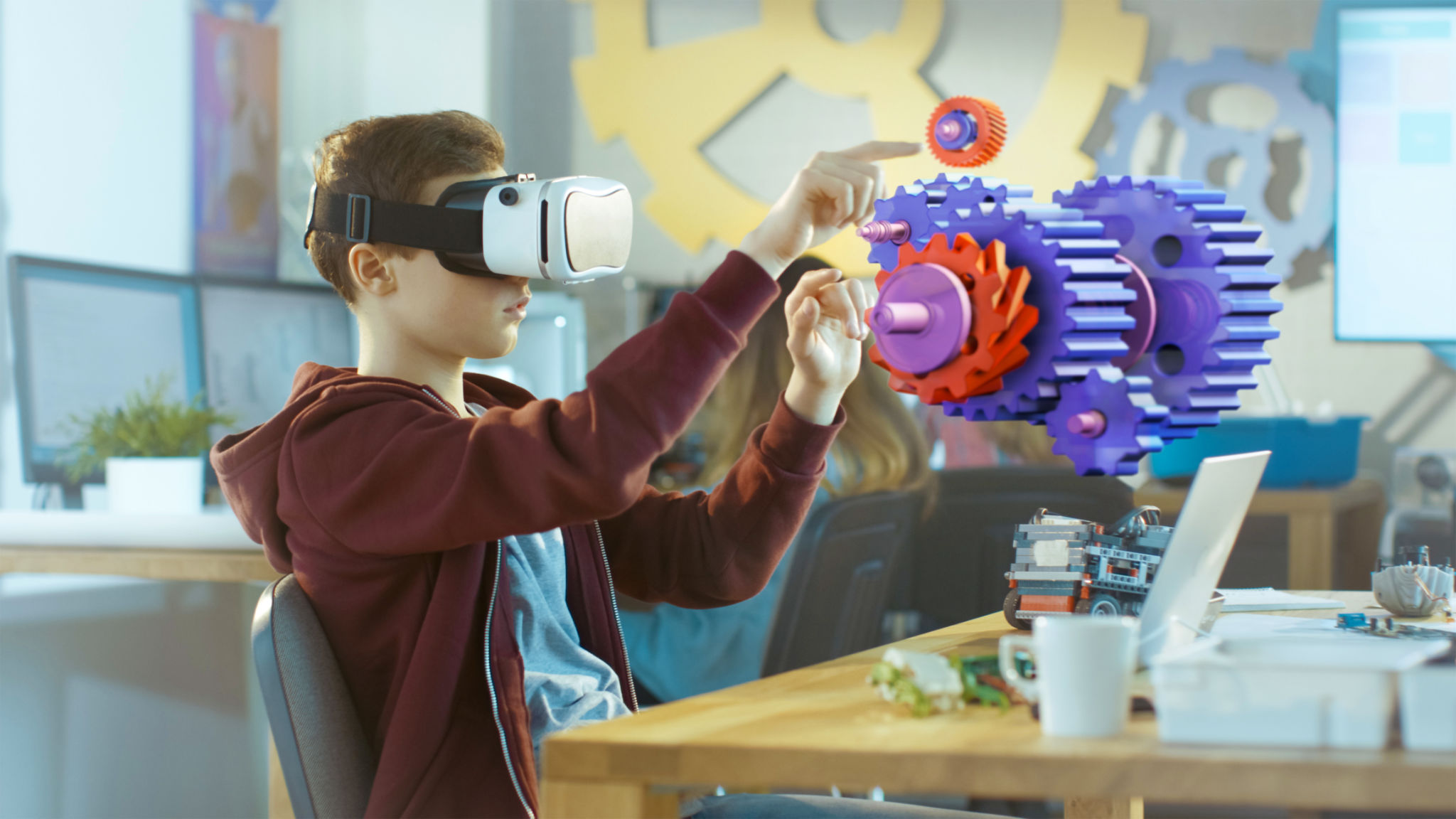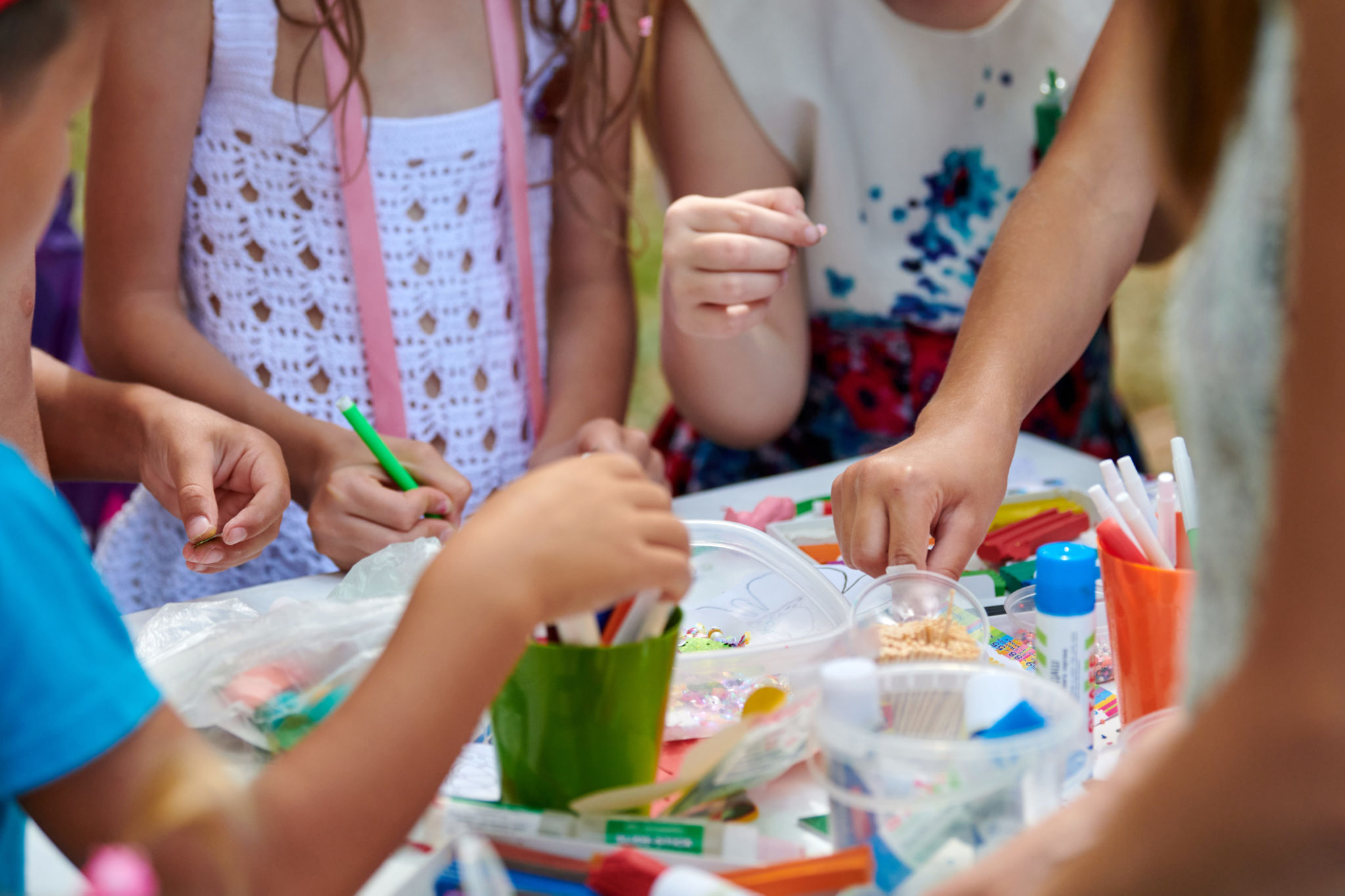How Virtual Reality Can Inspire Creativity in Kids
The Role of Virtual Reality in Modern Education
In recent years, virtual reality (VR) has emerged as a revolutionary tool in the educational sector, offering immersive experiences that captivate and engage learners. For children, VR is not just about playing games; it's a powerful medium that can dramatically enhance their creative abilities. By simulating real-world scenarios and transporting users to fantastical landscapes, VR can stimulate a child's imagination in ways traditional teaching methods cannot.

Immersive Learning Experiences
Virtual reality provides students with interactive environments where they can experiment, explore, and learn. These immersive experiences allow kids to step into different worlds, be it walking on the moon or diving deep into the ocean. Such experiences can ignite curiosity and creativity by allowing them to witness and interact with concepts that are otherwise abstract or difficult to visualize.
For instance, a student learning about ancient civilizations can virtually explore historical sites like the Pyramids of Egypt or ancient Rome. This tangible interaction with history fosters a deeper understanding of the subject while encouraging creative thinking as students imagine life in those times.

Encouraging Problem-Solving Skills
VR environments often include problem-solving tasks that require children to think critically and creatively. These tasks can range from simple puzzles to complex challenges that mimic real-world problems. Engaging in such activities encourages kids to devise innovative solutions and approach tasks from different perspectives.
Moreover, VR can promote collaboration among students. Multiplayer VR platforms enable children to work together to solve tasks, encouraging communication, teamwork, and the sharing of creative ideas. Such collaboration is crucial for developing social skills and boosting confidence in their creative capabilities.
Fostering Artistic Expression
Beyond academics, VR is paving the way for new forms of artistic expression. Platforms like Tilt Brush allow children to paint and create art in a 3D space. This freedom to experiment without the fear of making mistakes can bolster a child’s confidence in their artistic abilities.
By exploring VR art applications, children can learn about colors, shapes, and spatial awareness in an engaging and interactive manner. This hands-on approach to art can inspire them to think outside the box and embrace their unique creative styles.

Developing Future-Ready Skills
As technology continues to evolve, mastering digital tools becomes increasingly important. Introducing children to VR not only inspires creativity but also equips them with essential skills for the future. Familiarity with advanced technology boosts their adaptability and prepares them for a world where digital literacy is crucial.
Incorporating VR into education cultivates a generation of innovators who are not only consumers of technology but also creators. By inspiring creativity through virtual reality, we are laying the foundation for future inventors, artists, and thinkers who will shape the world.
The Future of Creativity and Learning
In conclusion, virtual reality is more than just a technological advancement; it is a gateway to limitless creativity for children. By providing immersive learning experiences, enhancing problem-solving skills, fostering artistic expression, and developing future-ready skills, VR has the potential to transform how children learn and create.
As educators and parents recognize the power of VR in inspiring creativity, its integration into educational curriculums will likely become more widespread. Embracing this technology can open up a world of possibilities for children, encouraging them to explore their imaginations like never before.
